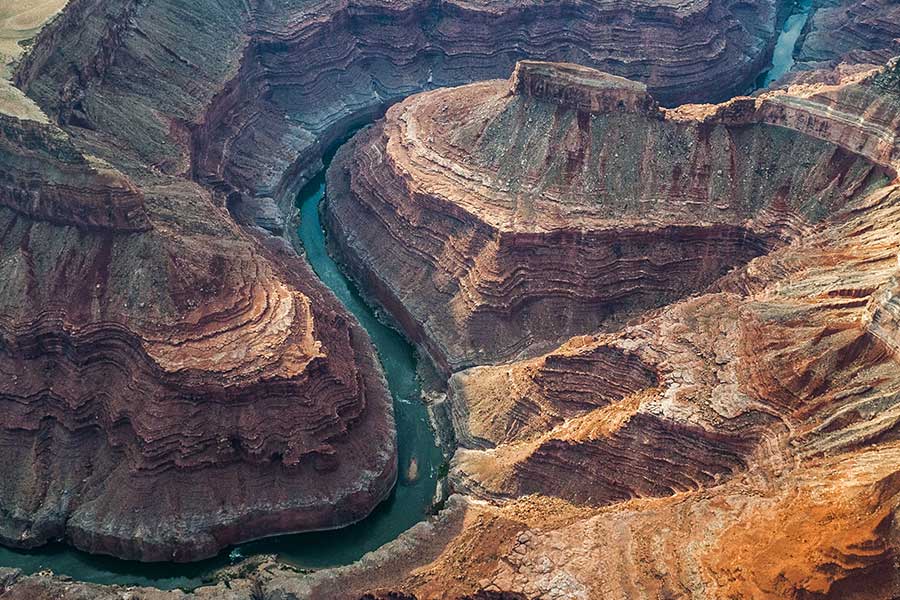Take Action
A few minutes of your time can make a big difference when you take action for the Grand Canyon and the Colorado Plateau.
Join our action alert network to find out when you can use your voice to advocate for national monuments, public lands, environmental justice, and more.

Take action today
Your voice is needed on these important issues, from the bottom of the Grand Canyon to Washington D.C.
Don’t know what to say? We can help. Learn how to make your comment stand out

Protect all national monuments
Politicians and Washington D.C. insiders are attacking our national monuments. They’re also attacking the Antiquities Act, the law that allows presidents to designate national monuments. Show your support for protecting our monuments. Sign the petition

I care about Baaj Nwaavjo I’tah Kukveni National Monument
The monument protects wildlife habitat, clean water supplies that flow into the Colorado River, ancestral lands, and sacred places immediately outside Grand Canyon National Park. Show your support. Sign the petition

I care about Bears Ears National Monument
Bears Ears protects one of the most significant cultural landscapes in the United States. Its canyons, mountains, and meadows hold thousands of cultural sites and areas of profound spiritual significance. Show your support. Sign the petition

I care about Grand Staircase-Escalante National Monument
Grand Staircase-Escalante protects a vast landscape of dinosaur fossils, Indigenous histories, slickrock and slot canyons, and desert wildlife, including over 600 species of bees. Show your support. Sign the petition

Oppose Canyon Mine (aka Pinyon Plain Mine)
Canyon Mine, also known as Pinyon Plain Mine, has begun mining uranium inside Baaj Nwaavjo I’tah Kukveni National Monument, near Grand Canyon National Park. Sign the petition to oppose uranium mining near the Grand Canyon. Add your voice

Protect the Bears Ears cultural landscape from radioactive waste
The White Mesa uranium mill has been paid millions to bury radioactive waste a mile from Bears Ears National Monument, putting people and the environment at risk. Urge decision makers to protect the Bears Ears cultural landscape. Sign the petition

Protect the Colorado River and groundwater
Drought is stressing groundwater and the Colorado River, which provides water to 40 million people and 5.5 million acres of agriculture across 30 tribal nations, seven U.S. states, and Mexico. Sign the petition to protect these lifegiving waters. Add your name

Keep the canyon grand
The Grand Canyon may be a national park, but it’s not as protected as you think. Uranium mining and inappropriate development (including proposed dams, a mega-resort, and a tourist tramway) all threaten the canyon. Voice your opposition to destructive developments. Keep the canyon grand

Protect Grand Canyon’s waters
A proposed mega-resort on the doorstep of Grand Canyon National Park threatens to guzzle precious groundwater that feeds the canyon’s seeps and springs. Ask the U.S. Forest Service to take a closer look before paving the way for the project. Comment now
Receive action alerts in your inbox.
Brush up on conservation issues



